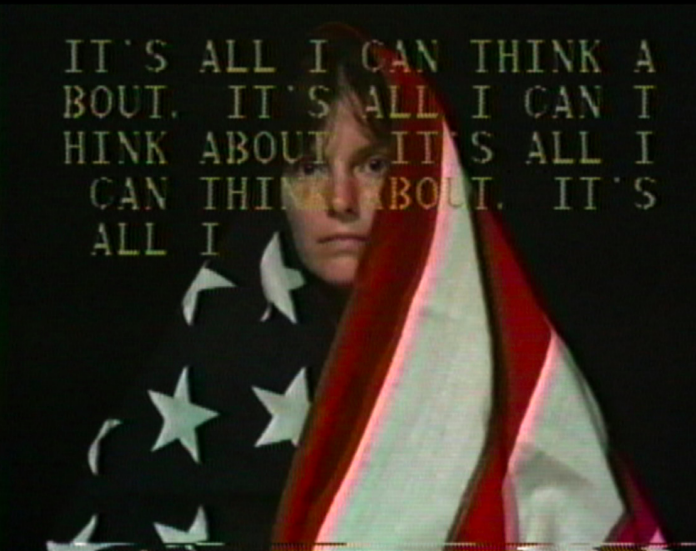It’s all I can think about. It’s all I can think about. It’s all I…
Since the news broke revealing the Supreme Court’s green light to overturn Roe vs. Wade, it’s all I can think about. It is tremendously difficult to avoid feeling the progress forged by decades of activism is now lost. I found reprieve from this permeating sadness upon visiting the Armory Center for the Arts to see the exhibition “how we are in time and space” featuring artists Nancy Buchanan, Marcia Hafif and Barbara T. Smith. This was my second time seeing the show — returning to the work with eyes tinged with rage and disappointment. This widely praised exhibition is worth seeing and revisiting; curated by Michael Ned Holte, the show features a range of artwork, documentation, and ephemera by the three artist-activist friends and long-term collaborators. This trove of material emphasizes the deep sense of friendship and support that guided their interrelated practices, united in their deep desire for social change. Their stars first crossed as MFA students at UC Irvine (the program’s first 1971 cohort). Two years later marked the 1973 Roe V. Wade ruling, and as Holte and other art historians have posited, Roe had an overarching impact on feminist ideas and activist strategies of the early 1970s, a period that also marks the emergence of what Amelia Jones calls “body art.” While this history of second-wave feminism is not without its privileged fractures, the art-activist networks that emerged during this period in Los Angeles were integral to the advancement of Women’s rights in America. As we move forward in protest and action, it’s crucial to listen to these histories of resistance and their collective screams.
Armory Center for the Arts
145 North Raymond Ave
Pasadena, California 91103
On view through June 12, 2022


